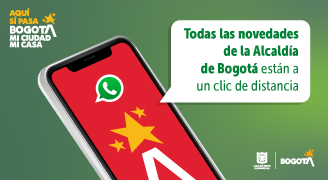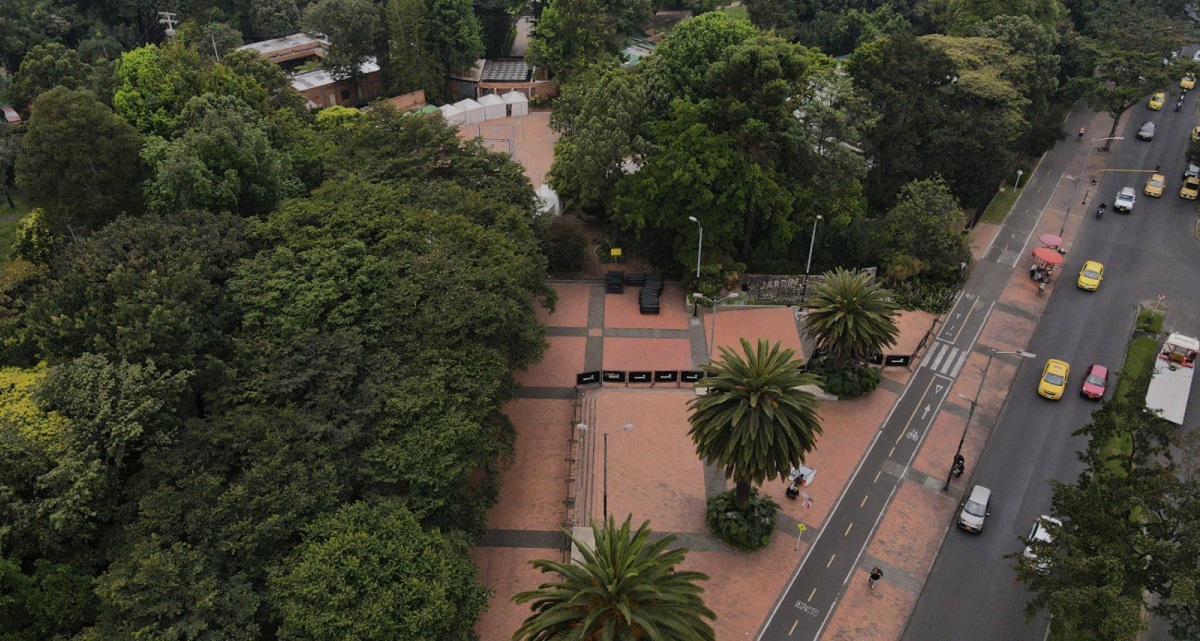Bogotá stands out among other cities in Latin America as a conscious and sustainable urban destination, as indicated by the Kayak Conscious Travel Index. This index designs an interactive guide that helps travelers consider the sustainable aspect of cities when choosing them as their next destination.
On the list, Bogotá ranks third after cities in Latin America such as Santiago de Chile and Quito, for its actions and commitment to diversity and inclusion, which are reflected, for example, in the number of wheelchair-accessible tours, equivalent to 26% of trips around the city.
Meanwhile, the city of Santiago de Chile took first place in the ranking for having an airport with high standards of carbon management according to the Airport Carbon Accreditation, while Quito in Ecuador stood out in second place for providing tourists access to eco-friendly car rentals and its equipment for electric vehicle charging stations.
Bogotá works for sustainable mobility and the environment
The current city administration has designed the Climate Action Plan 2020-2050 to tackle the challenges of the climate crisis and promote sustainable development.
Actions and projects are already being implemented, including a multimodal and sustainable mobility system that includes the metro, more bike paths, green corridors, better city entrances and exits, and light and electric trains to connect with neighboring municipalities.
In terms of sustainable mobility, the city is moving towards a transportation model based on a Metro network complemented by a fleet of electric buses, two Regiotram lines, the Carrera Séptima Green Corridor, and more space for cyclists and pedestrians. Additionally, there is a commitment to increasing the number of planted trees and protecting the city's ecosystems.
In addition, 'La Rolita' the first public transportation operator in the city to provide its service with a fleet of 100% electric buses, is already in operation. It promotes gender equity within its operation, as 50% of its employees are women. With ‘La Rolita's 195 buses, Bogotá completed 1,485 electric buses in operation, making it the city with the largest fleet of electric buses after China.
The Bogotá Metro network is a dream that is becoming a reality as work on Line 1 advances. Line 2 of the metro is secured and will be the first underground line, benefiting 2.5 million citizens with 15 kilometers, 11 stations, and taking users from 72th avenue and Caracas avenue, in Chapinero district to Fontanar del Río, in Suba district.







